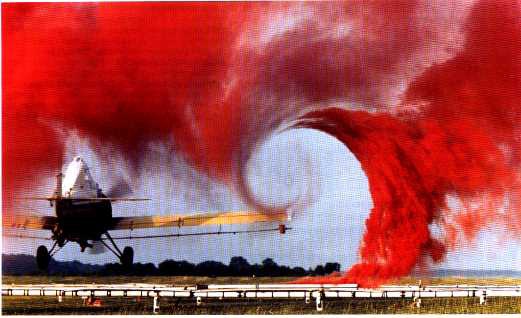KingTaco
Active member
i have a project where i have to take 6 pictures in the following categories:
mechanics
waves
magnetism/electricity
you need one photo for each category that is naturally occurring and one photo that you contrived.
i found this old photo and it has something going on with the sunlight in the corner.
would anyone be able to explain why the sunlight looks like that in terms of light waves and refraction or whatever is going on there?

and also i have photos for mechanics but am looking for an idea of something i could photograph for natural magnetism/electricity.
mechanics
waves
magnetism/electricity
you need one photo for each category that is naturally occurring and one photo that you contrived.
i found this old photo and it has something going on with the sunlight in the corner.
would anyone be able to explain why the sunlight looks like that in terms of light waves and refraction or whatever is going on there?

and also i have photos for mechanics but am looking for an idea of something i could photograph for natural magnetism/electricity.
